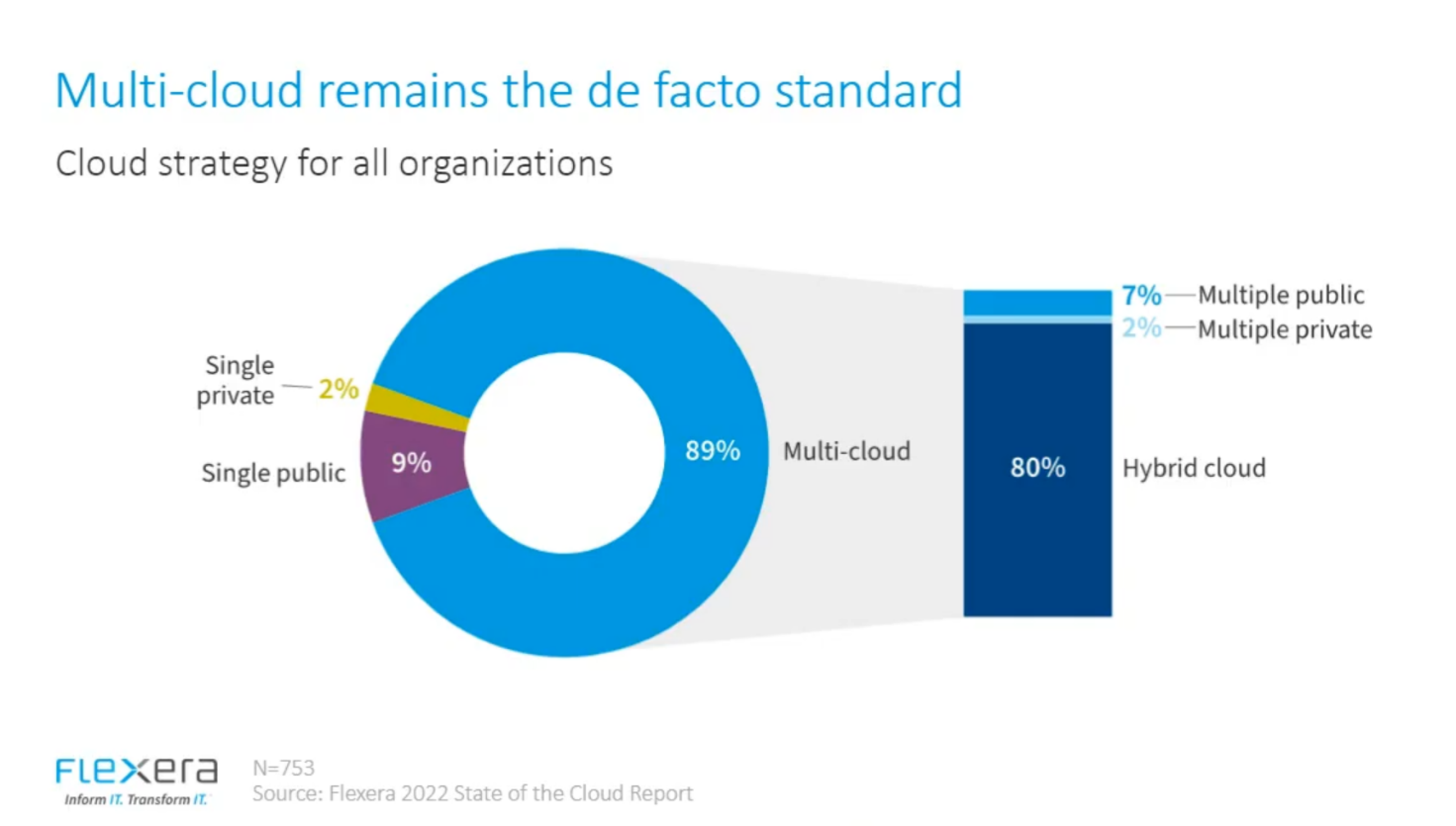Why Modern Cloud-Based Enterprise Infrastructures Need Service Assurance

Migration to the cloud is on the top of the priority list for most enterprises today. Enterprises are looking to improve efficiency, save cost, increase speed of innovation and build on-demand scaling capabilities needed for today’s and tomorrow’s digital business.
There are a number of challenges that need to be addressed when embarking on the cloud journey, the first of which is typically selecting what workloads to run in the public cloud and what to run in the private. Enterprises also need to think about single- versus multi-cloud strategies, i.e. whether to run their workloads on a single or multiple public cloud providers. Already today, however, the majority of enterprises select a multi-cloud strategy for redundancy and efficiency reasons. Having multiple providers allows you to run different types of workloads on the provider with the best pricing model for each type of workload. In Flexera’s State of the Cloud Report for 2022, they found that as much as 89% of their respondents are targeting a multi-cloud strategy.

In addition to selecting the workloads to run in the public and private clouds, enterprises further have several other topics to consider, such as security, compliance and governance. However, many fail to consider the importance of a proper service assurance strategy in order to ensure that the user experience remains the same when accessing an application from the cloud compared to a private, on-site IT infrastructure. The user experience is only as good as the weakest link, which typically is the connectivity in the case of cloud applications.
To be successful in the cloud migration journey, enterprises need to introduce sufficient service assurance capabilities in order to ensure the quality of the connections remain on acceptable levels. There are three basic strategies to consider:
- Deploy your own private service assurance tool within the organization to monitor the connectivity. This option is most suitable for larger organizations that need to have full control and flexibility of their service monitoring. Typical examples would be organizations with multiple large sites that need to monitor both site-to-cloud connectivity as well as site-to-site connectivity, such as hospital districts and large enterprises with geographically distributed sites.
- Let the Communications Service Provider (CSP) take care of the service assurance for you and provide you service level agreements (SLAs) and reports for the connectivity. This option is most suitable for small enterprises as the SLAs can be offered as an add-on to the connectivity service and it is a cost-efficient option for the small enterprises. The drawback is that there is less control on what is monitored and there will not be full end-to-end monitoring as the cloud portion is not monitored, so in the case of quality of experience degradations, you need to deal both with the CSP as well as the cloud providers.
- Let a cloud management platform provider manage both your hybrid cloud and connectivity with associated SLAs and reporting. This is the best option for mid-sized enterprises and offers a one-stop shop option to get both your connectivity and clouds from the same provider. The cloud management platform provider offers both the public and private cloud options consolidated behind a single management interface and is able to report connectivity end-to-end. They would also be the single-point of contact in case of issues with the cloud, whether it concerns the compute or connectivity part.
Summary
The migration to the cloud is inevitable. In order to smoothen out the bumps on the cloud migration journey, make sure you carefully consider what type of service assurance strategy to put in place in your cloud strategy.
If you want to learn more about this topic, please watch our webinar “Service Assurance in Modern Cloud-Based Enterprise Infrastructures” here
About Creanord
Creanord is a specialist in service assurance with more than 20 years of experience in developing solutions for network service providers and cloud providers. Creanord’s service assurance solutions enable accurate tracking of network and application quality and performance and the technology has been implemented in over 30 countries and more than 60 networks globally.
Contact us to find out more on how we can help you build outperforming networks here